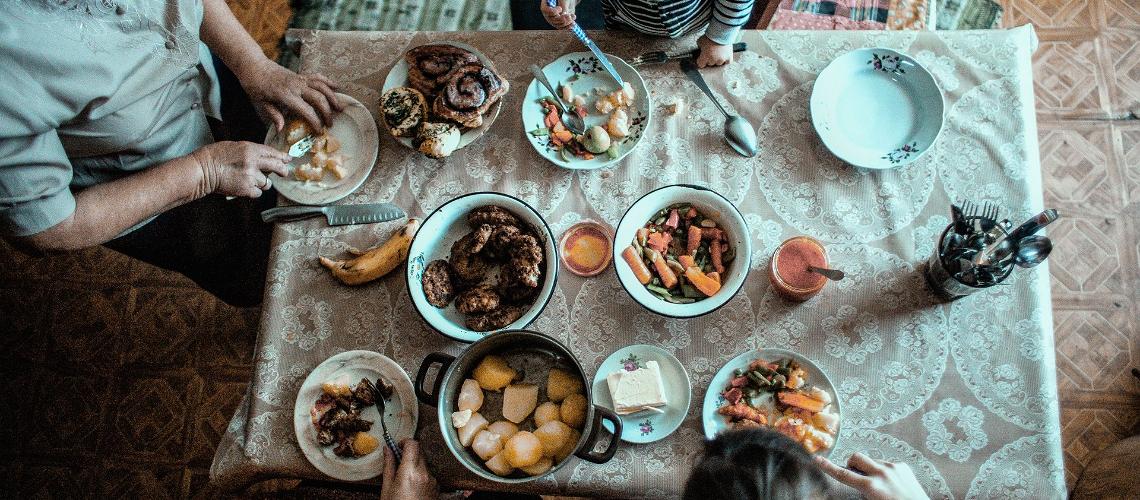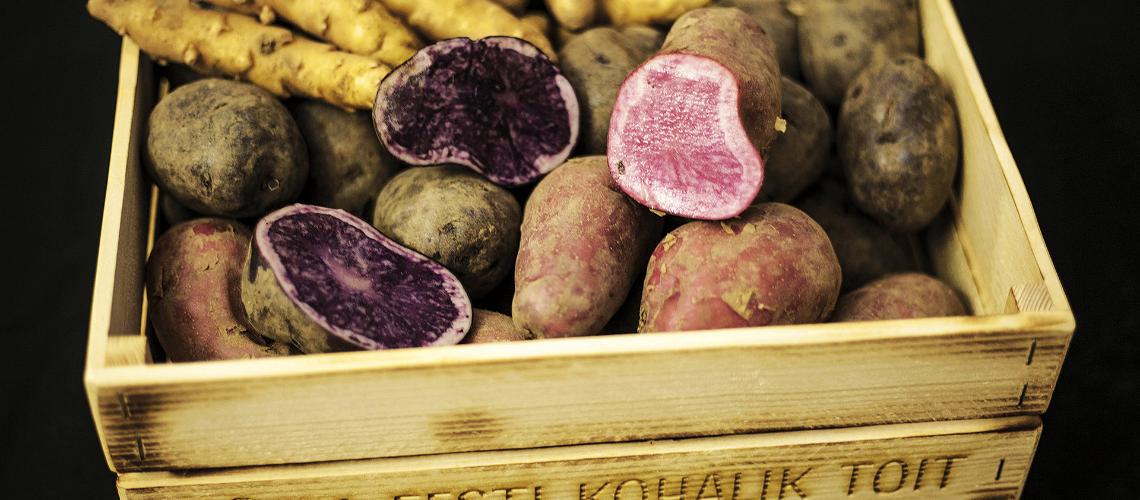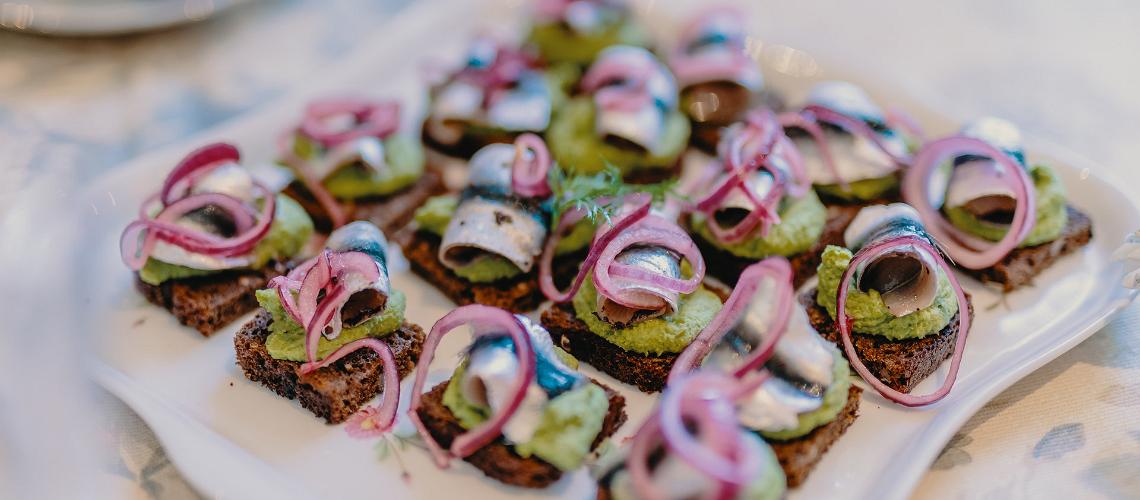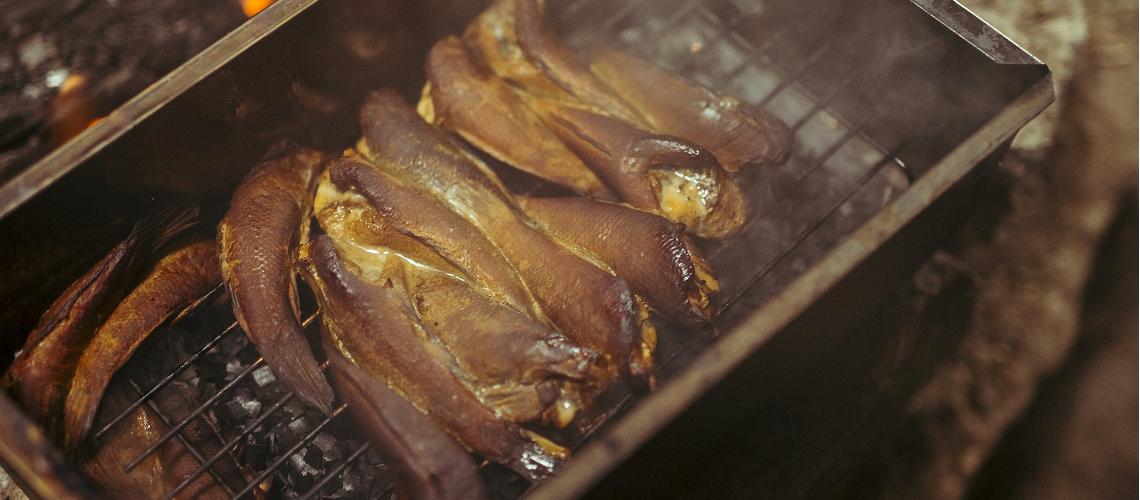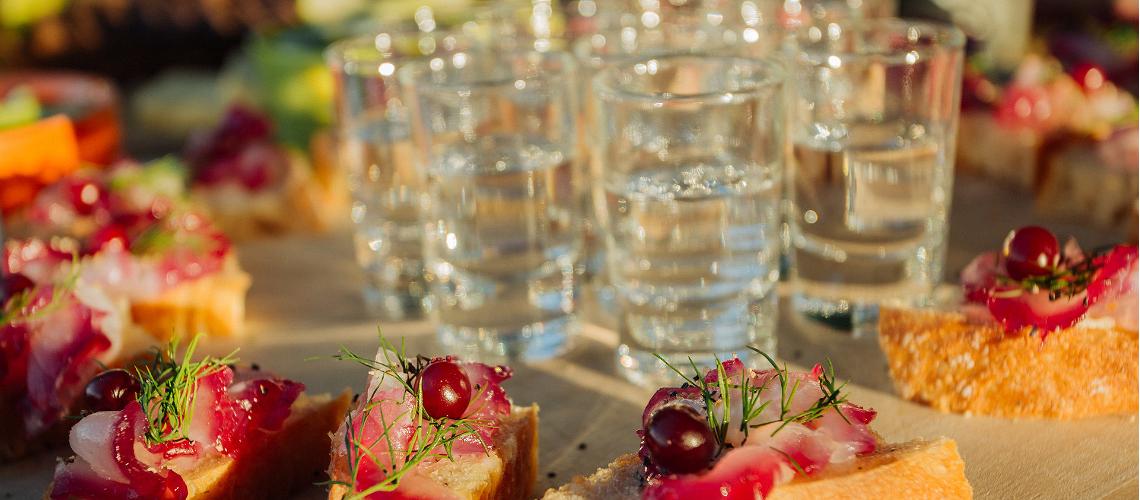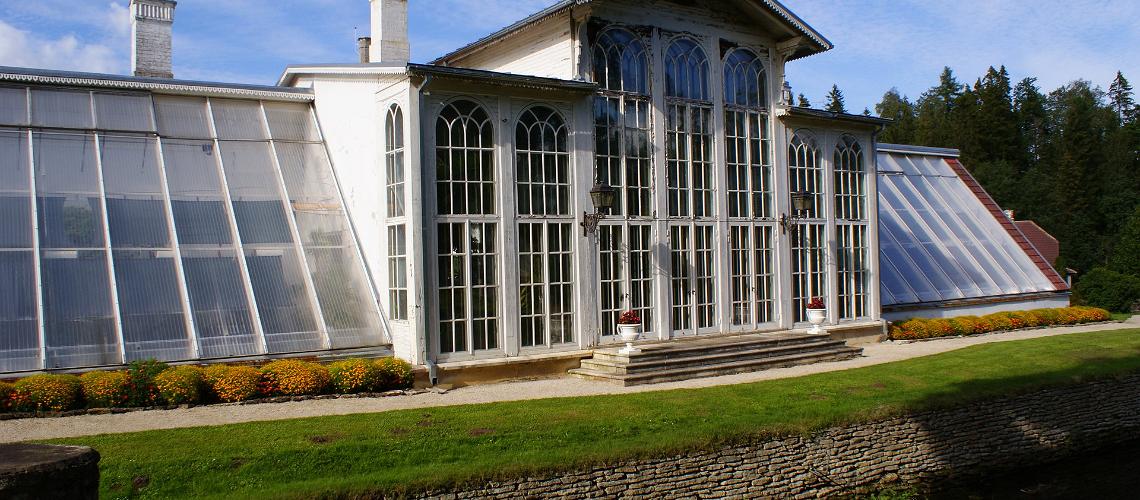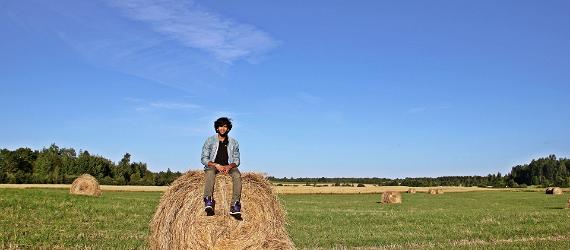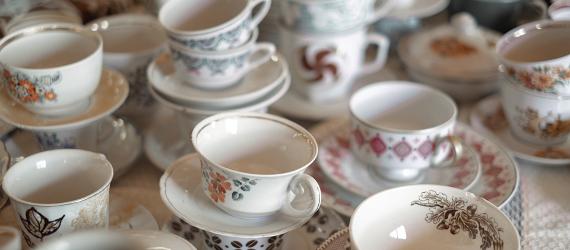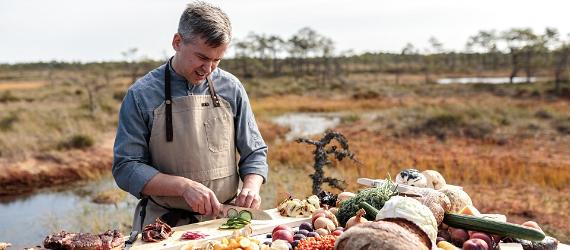In 2022, Estonia became the first Baltic nation to welcome the MICHELIN Guide. Inspectors have the opportunity to travel all over the country to experience the best of the Estonian culinary scene. If you want to stay close to Tallinn during your trip to Estonia, try heading out to the region along the coast known as Northern Estonia.
Northern Estonia was named the Culinary Region of 2021 by the Estonian Ministry of Rural Affairs. Local farmers and food producers are united by the motto "pure tastes from the limestone coast" as the rocks under the soil influence the taste of the produce grown there and the fish caught in their waters. What should you definitely enjoy when traveling in Northern Estonia?
You're invited to come and discover the attractive food culture of North Estonia.
Cuisine from the North
Northern Estonian cuisine distinguishes itself by the use of different ingredients that grow in the region and the different ways it's prepared. The region has loads of limestone plateaus that give the soil its unique qualities as well as the produce that grows there.
Potatoes
Since 1925, Northern Estonia and the surrounding islands have had the most land dedicated to growing and harvesting potatoes. At the beginning of the 20th century, potatoes were on the table every day in Northern Estonia, which was unique to the region. In fact, in Harju County in the 1930s, potatoes with meat sauce were very often eaten for breakfast to start the day.
Fish
Fish remains one of the most important foods for Estonians throughout the year. In particular 'silk' (salted herring) holds a special place in North Estonian cooking. The people of Harju, Järva, and Virumaa counties regularly catch fish from the northern coast along the Gulf of Finland. Residents of the area have been catching fish to bring home as part of the family meal. And when possible, surplus fish was sold locally and the connection between fishermen on the beach and inland residents who bought them continued from generation to generation.
Barley
For centuries barley has been a staple food of Northern Estonia due to its many uses and ability to endure the strong winds of Northern Estonia. The relatively cooler climate of the North led to the wider use of barely in the region. As one of the oldest cereal foods, ground barely has been a key ingredient in barley flour, bannocks, dumplings, and porridge for ages. Today barley bread made with kefir or sour milk known as 'karask' is one of the national dishes of Estonia.
Vodka
Vodka production was probably brought into Estonia at the end of the 15th century. From 1646 onwards, the landlords of manor houses had a monopoly on distilling and producing vodka. The active trade with St.Petersburg make vodka a valuable product and brought wealth to Virumaa as it became the most important region for distilling alcohol.
Summer kitchens and greenhouses
Estonians have used summer kitchens as a place to cook during the warmer months for centuries. Although this practice began to disappear in most of Estonia during the 20th century, summer kitchens survived longer in places like Lääne County and Northern Harju County where they were still being used into the 1920s and 1930s. Over time it became common to build greenhouses next to manors, a tradition that remains unique to Northern Estonia.
Trying out North Estonian cuisine for yourself
You can enjoy the flavors of Northern Estonia anywhere that carries the local food label of Northern Estonia. These include restaurants and cafés like:
- Musta Taku Tall
- Sagadi manor restaurant
- Palmse manor house pub
- Altja Tavern
- Restaurant MerMer
- Anija Manor Cafe
- VildiVilla
- Harmonic Beer Spa
Come and discover the flavours of North Estonia!















